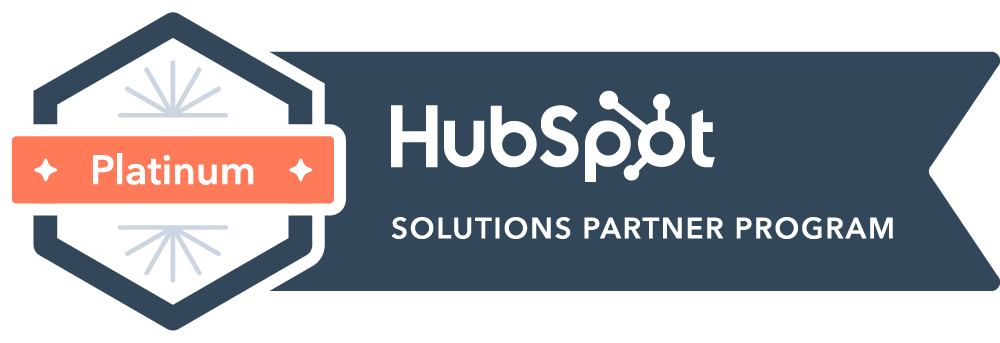

Content Writer for Whistle with multidisciplinary experience spanning over a decade.
Unpredictable revenue is one of the biggest headaches for any sales team. It makes planning difficult, forecasting unreliable, and can stall growth when it matters most. Teams are left reacting instead of driving results. This unpredictability feels unavoidable for many, but it doesn’t have to be.
A predictable outbound revenue engine creates consistency. It builds a steady flow of qualified opportunities, giving teams the confidence to plan, forecast, and invest in growth. With the right strategies and disciplined execution, predictable outbound is achievable. Our blog lays out a clear, practical roadmap for building an outbound engine that delivers reliable results over time.
Sustainable growth is only possible when sales leaders can rely on a consistent flow of new business. A predictable outbound revenue engine gives your team control over pipeline creation, reducing dependence on external factors like inbound demand or market shifts. This consistency is essential for planning, forecasting, and making informed business decisions.
Predictability also signals operational maturity to investors and stakeholders. When a business can demonstrate reliable, repeatable sales processes, it builds confidence in leadership and enhances overall valuation. A strong outbound engine reduces risk by ensuring the pipeline doesn’t dry up when inbound channels slow down.
Outbound is often overlooked in favor of inbound marketing, but it offers a level of control that inbound cannot match. While inbound depends on the market’s interest, outbound empowers teams to proactively identify, engage, and convert the right accounts. The ability to create predictable revenue is a competitive advantage in any market and a key driver of long-term growth.
The foundation of predictable outbound is clarity about who you are targeting. Without a clearly defined Ideal Customer Profile (ICP), efforts are scattered, and results become unreliable. A strong ICP is built on data, looking at your best customers, analyzing patterns, and identifying the characteristics that indicate a strong fit.
Refining your ICP is not a one-time exercise. It should evolve based on feedback, performance data, and changing market conditions. When the ICP is dialed in, targeting becomes precise, messaging becomes more relevant, and the team can focus on accounts that are most likely to convert. A well-crafted ICP reduces wasted effort and keeps outbound focused on high-value prospects.
Once the ICP is clear, the next step is creating a steady flow of qualified leads. A predictable outbound engine depends on repeatable and scalable lead generation processes. This means using a mix of channels: email, phone, LinkedIn, and others, and ensuring the data feeding those channels is accurate and up to date.
Diversification is key. Relying on a single lead source introduces risk. A healthy outbound program combines multiple lead sources, ensuring a balanced and resilient pipeline. The goal is not just volume, but quality. Leads must align with the ICP, meet specific criteria, and be verified before entering the outreach process. Quality lead generation builds the foundation for predictable results.
Consistency is impossible without process. Standardized outreach sequences ensure every lead receives the right mix of touchpoints at the right time. This includes a thoughtful cadence of emails, calls, and social engagement tailored to your audience.
Personalization remains essential. A strong outbound engine balances efficiency with relevance, using templates and frameworks as a starting point but customizing messages based on the account’s needs and priorities. Standardization allows teams to scale without sacrificing quality, while personalization ensures messages resonate.
Effective outreach is not about volume for the sake of it. It is about delivering the right message, to the right person, at the right moment. A disciplined approach to outreach sequences creates a rhythm that drives predictable engagement.
Even the best processes won’t succeed without skilled execution. SDRs must be equipped with the tools, knowledge, and confidence to engage prospects effectively. This starts with a strong onboarding program but requires ongoing training and support to maintain high performance.
Enablement is more than product knowledge. It includes understanding market trends, common objections, and the challenges faced by your ICP. SDRs need to know how to have meaningful conversations, handle objections with confidence, and move prospects to the next stage.
Regular coaching sessions, feedback loops, and performance reviews are essential. SDRs thrive when they have clear expectations, understand best practices, and feel supported in their development. A predictable outbound engine depends on empowered SDRs who consistently execute at a high level.
Predictability means nothing if you cannot track and forecast results. A reliable outbound engine requires a disciplined approach to forecasting. This means understanding key metrics like lead-to-opportunity conversion rates, average deal size, and sales cycle length.
Pipeline management is equally important. Teams must maintain a clean, up-to-date pipeline, with clear stages, accurate close dates, and regular reviews. A healthy pipeline is not just full, it is active, realistic, and aligned with the team’s capacity to deliver.
Without accurate forecasting and strong pipeline discipline, it’s impossible to make informed business decisions or allocate resources effectively. A predictable outbound engine gives leadership the data they need to guide growth with confidence.
Technology should enable predictability, not create complexity. CRM systems, sales engagement platforms, and automation tools help streamline processes, track activities, and maintain visibility into performance. But they must be implemented with care.
The goal is to support the process, not replace the human element. Automation can handle repetitive tasks like follow-ups or data enrichment, but personalization and judgment remain critical. The best systems are those that integrate seamlessly into the team’s workflow, reduce administrative burden, and provide clear insights without overwhelming the user.
Technology is a multiplier when used correctly. It allows teams to do more with less, maintain consistency, and measure performance accurately. But it should always serve the strategy, not the other way around.
A predictable outbound engine is never static. It requires constant monitoring, measurement, and refinement. Teams should track metrics at every stage, email open rates, response rates, call connect rates, meeting conversion rates, and beyond.
This data tells a story. It highlights what is working, where there are bottlenecks, and where adjustments are needed. Regularly reviewing performance data and running A/B tests on messaging, cadences, and targeting ensures the system continues to improve.
The most successful outbound programs treat data as a feedback loop, not a report card. Continuous optimization keeps the engine running smoothly, ensuring it adapts to changes in the market and delivers predictable results over time.
Building a predictable outbound engine requires discipline and a willingness to test, learn, and refine. A/B testing is essential. Testing different messaging angles, subject lines, and cadences reveals what resonates with your audience.
Reviewing and refining the ICP based on real performance data is critical. Markets shift, priorities change, and outreach strategies must adjust accordingly. Focusing on lead quality, not just quantity, ensures teams work on the right opportunities.
Strong alignment between sales and marketing matters as well. Both teams should collaborate on messaging, targeting, and feedback loops to ensure outbound is informed by broader insights and aligned with the company’s goals.
Predictability depends on consistent measurement. Key metrics include lead-to-opportunity conversion rates, average deal size, sales cycle length, and engagement rates across channels. Tracking these numbers over time provides the insights needed to adjust strategies and maintain consistency.
A predictable outbound engine is not built once but rather maintained through ongoing review, adjustment, and improvement. Teams must be willing to challenge assumptions, test new ideas, and optimize relentlessly.
Building a predictable outbound revenue engine is not about chasing the next big trend. It is about setting a clear standard, creating the right systems, and equipping your team to follow through with discipline and focus. When you commit to a methodical approach, outbound stops feeling chaotic and starts delivering consistent results.
Too many companies accept the uncertainty of outbound as inevitable. The reality is, predictable revenue is possible. It requires precision, commitment, and a willingness to test, learn, and refine.
If you want to take control of your outbound results and are ready for a system that works, Whistle can help. We build practical, proven outbound strategies that deliver. Reach out, and let’s build something that lasts.


© Copyright – Whistle 2023